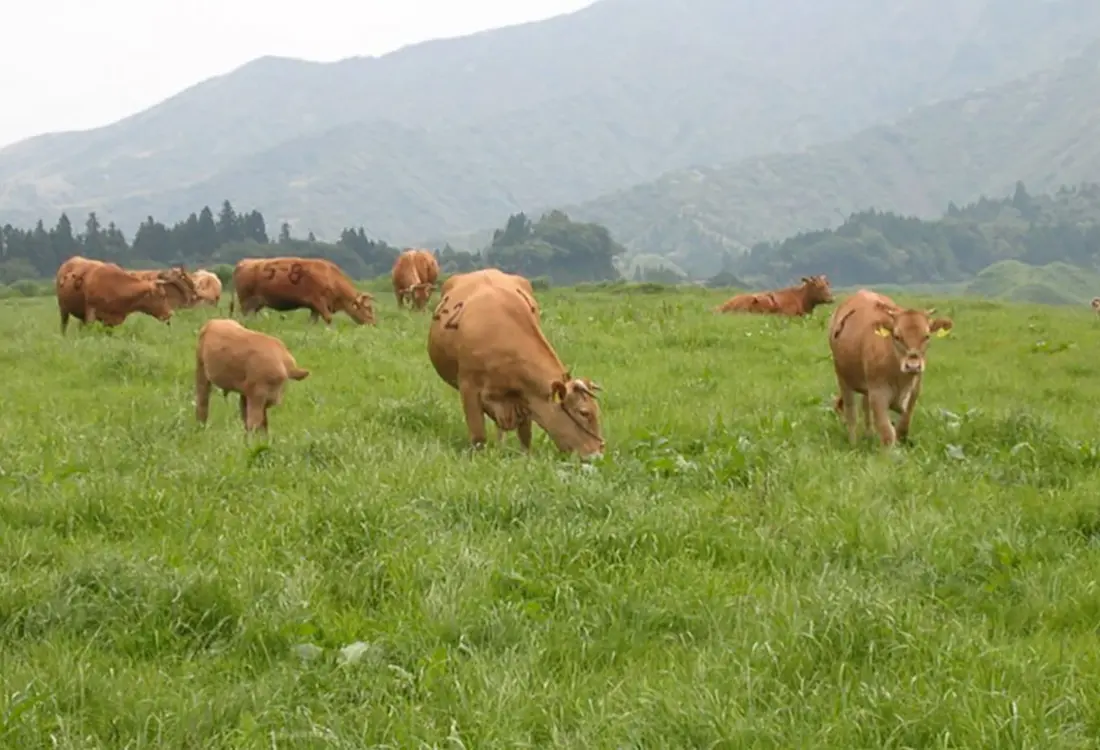
Raising Kumamoto's famed
Japanese Brown Cattle
In the high altitude mountains of the outer rim of Mt. Aso, it is March, but even now there is a chill in the air. The controlled burning starts with fire being set to the pastures.Then, from spring to early winter, the Japanese Brown Cattle mother cows are put out to graze. On the pastures you can see those grazing Japanese Brown Cattle nonchalantly feeding on the grass. The landscape of the Aso pastures has been passed down from their ancestors to the locals who manage it and have protected it for a thousand years.The livestock breeding and agriculture that makes the most of these pastures, and the culture and ecosystem that have grown up around it, have been certified as a Globally Important Agricultural Heritage System that will be passed on to future generations.I came looking for the Japanese Brown Cattle that grow to produce tasty beef after feeding on the grass of these pastures.
The five peaks of Mount Aso and the mountains of the outer ring are a double volcano and they are amongst the largest in the world. The mountains of the outer ring perfectly encircle the five peaks of Mount Aso at a height of almost 900 m and a circumference of 128 km. Also, another salient feature is that approximately 50,000 people live inside the caldera. The faces of the mountains of the outer ring are covered by a sea of grass that forms verdant pastures. It is said that the very reason we can look upon this landscape is that it has been managed by the locals for the past 1,000 years. Surely one of the representative images of the outer rim of Mt. Aso is that of the Japanese Brown Cattle feeding on the grass of the pastures. Japanese Brown Cattle is the formal name for this cattle, despite the Japanese name being “akaushi” (red cattle). Their origin is said to lie in the Hanwoo (Korean native cattle) and the cattle is divided into two variants, the Kumamoto and the Kochi variant. The Japanese Brown Cattle of Kumamoto are a pure bred variety created through improvement by cross-breeding the local species in Kumamoto prefecture with Simmental Cattle, making Kumamoto the number one area for Japanese Brown Cattle production in the country. They are said to be able to withstand both cold and heat, have a character suited to grazing and have a placid temperament. The livestock farmers who graze their cattle, including Japanese Brown Cattle, Japanese Black Cattle and Holstein Cattle amongst others, formed the Pasture Management Association and they are the ones who manage the pastures. In March, fires are set by the Pasture Management Association members and large scale controlled burning takes place. The rough faces of the mountains turn jet black through techniques passed down through generations. With the controlled burning in this period it is possible to exterminate insects harmful to both humans and cattle. Also, burning the old grass that the cattle do not eat facilitates the preservation of the pastures. For around one week after that the wild grass and herbage produce green shoots, and from the middle of April to May the Japanese Brown Cattle mother cows are put out to graze. The mother cows subsist by eating wild grass growing on the pastures and cut, dried grass.
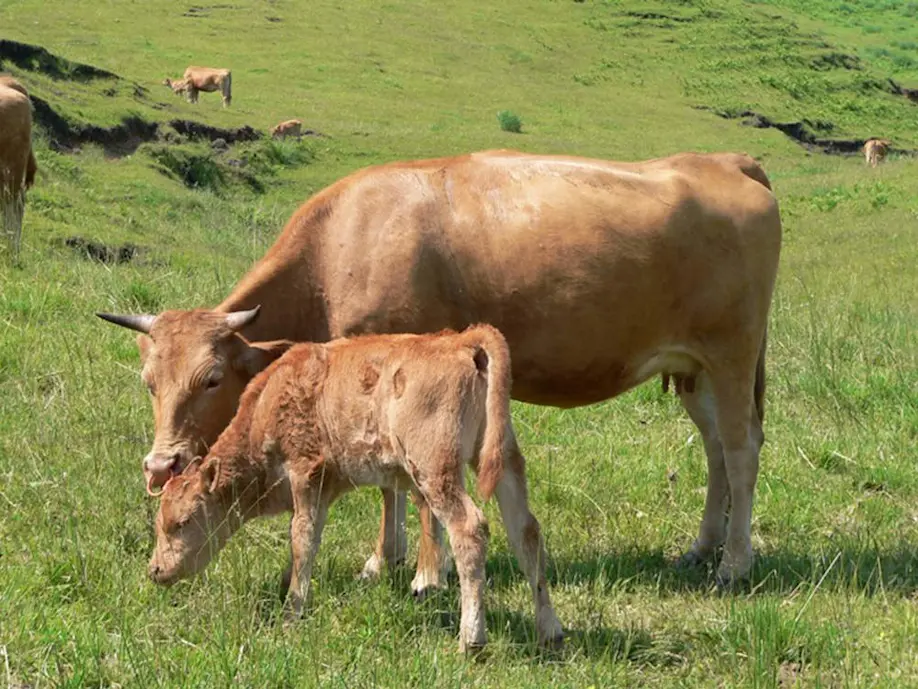
“The new shoots of the wild grass that have grown to about 10 cm are sour, and the cattle love them,” says Mr. Hiroaki I, who has managed livestock breeding for close to 50 years in Ubuyama village in the Aso district in Kumamoto prefecture, his face breaking out into a broad grin. He has bred Japanese Brown Cattle on a ranch on the plateau at an altitude of 777 m. The Kamitajiri Pasture Management Association is composed of 12 members with a common pasture area of 280 ha and Mr. I’s own pasture area is 4 ha. The Japanese Brown Cattle that graze here eat 40 to 50 kg of grass in one day and live moving around some 5 to 8 km. Mr. I explains, “Cows are herbivores so I believe this is the best way to raise them. What is most important is that the cattle that grow up eating grass don’t put on any extra fat, and they do not get sick easily.” Currently, management of the cowshed is mainly done by his son-in-law, Shunsuke, who took over from him. “We start putting the mother cows out to graze in the early part of May, and we bring them back to the cowshed at the end of December, in the ‘Natsuyama-fuyusato (rotated grazing) method’.” Until they are weaned we basically have the calves graze with the mothers, so they grow up drinking healthy mother’s milk and spring water from the Aso Kuju mountain range. Breeding cattle grow up in the cowshed, and are given plenty of herbage grown on the pasture. We are very particular about making sure that they eat as much herbage and wild grass, straw and other kinds of coarse feed as they want,” says Shunsuke-san. Usually the percentage of coarse feed of the total feed amount is less than 10% but the percentage of the coarse feed that uses the grass grown by Shunsuke-san and others is around 30 to 35%. This distinctive breeding method is called the “grazing type breeding method with an abundant supply of coarse feed.” In addition, from the point of view of animal welfare, they are not given genetically modified feed or feed that has used agricultural chemicals after harvesting and the amount of concentrated feed that they are given is also limited. What is more within the cowshed where they spend the winter, each animal has its own individual space assured.
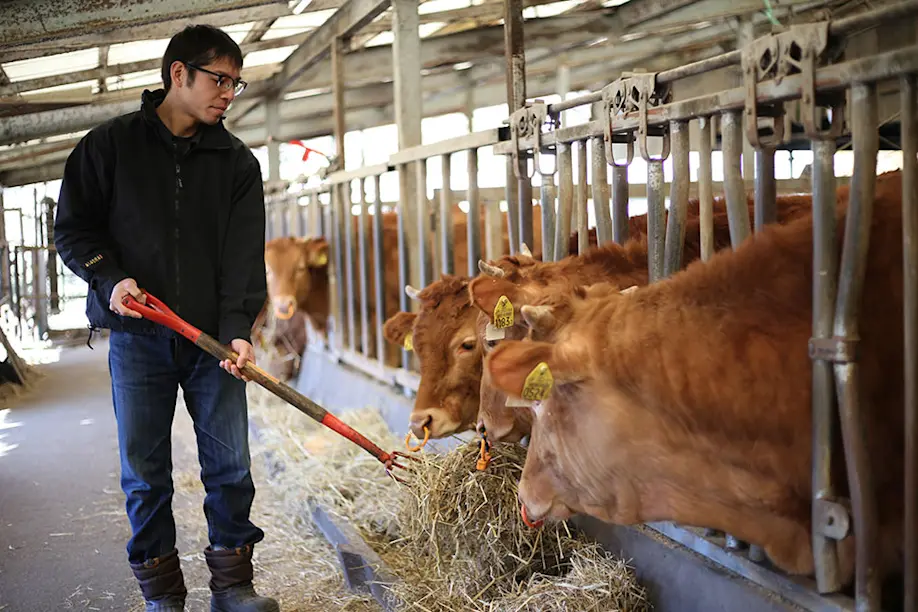
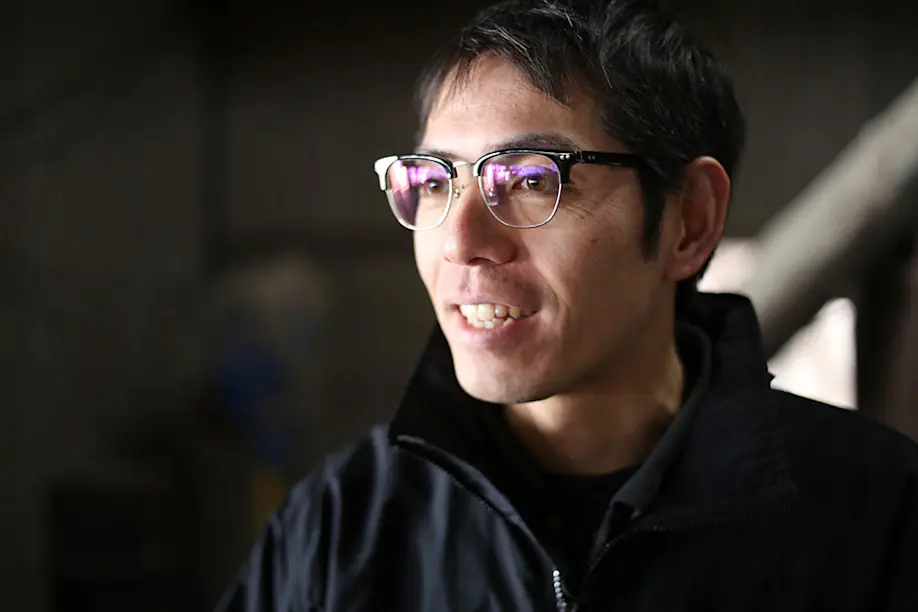
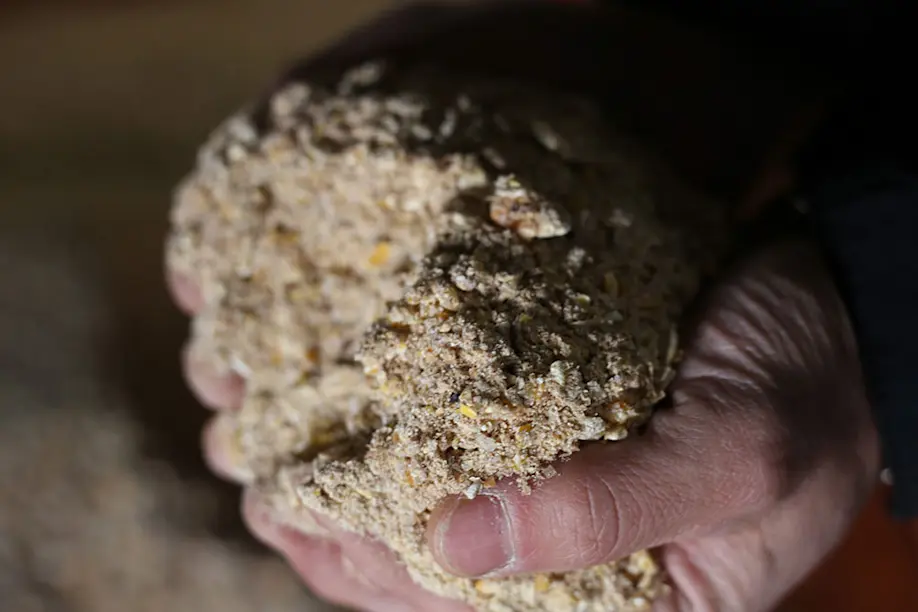
This is the farm restaurant “Yama no Sato” run directly by Mr. I, who want people to know the deliciousness of the Japanese Brown Cattle that he has so painstakingly raised. The flesh of Japanese Brown Cattle is extremely lean with a refreshing aftertaste. “I have no doubt that the taste of the beef from our cattle is second to none. Try grilling and having some without adding any seasonings” he says. As soon as I put the rare piece of meat that I just briefly grilled into my mouth, the juices full of a wonderful flavor seem to explode within. And the more I chew the more various flavors seem to appear. Mr. I proudly informs me that the faint sweetness that I can taste is made possible by the very fact that the cattle have been raised on grass from the pastures. There is a minshuku attached and you can stay in an old 200 year Japanese-style house whilst you enjoy the dishes using beef from Japanese Brown Cattle.
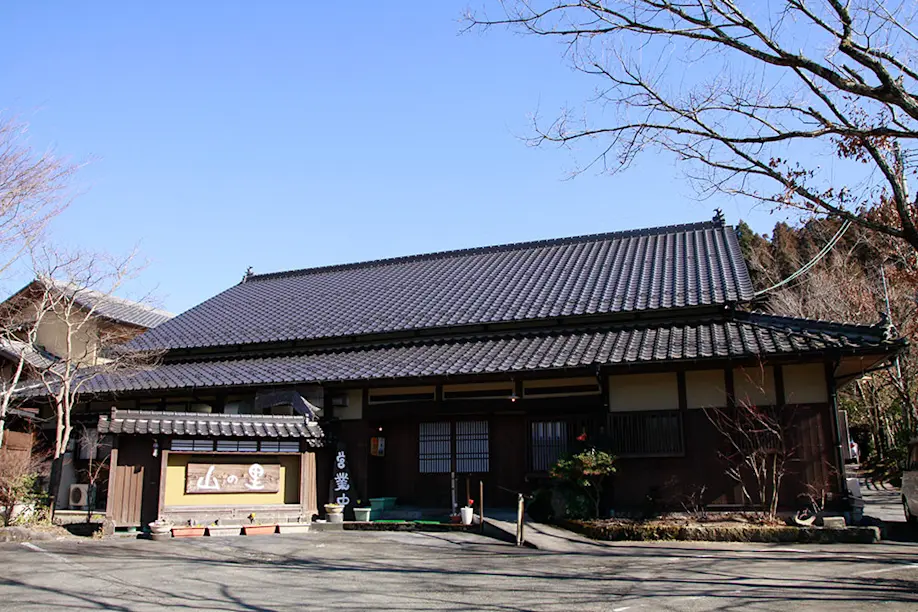
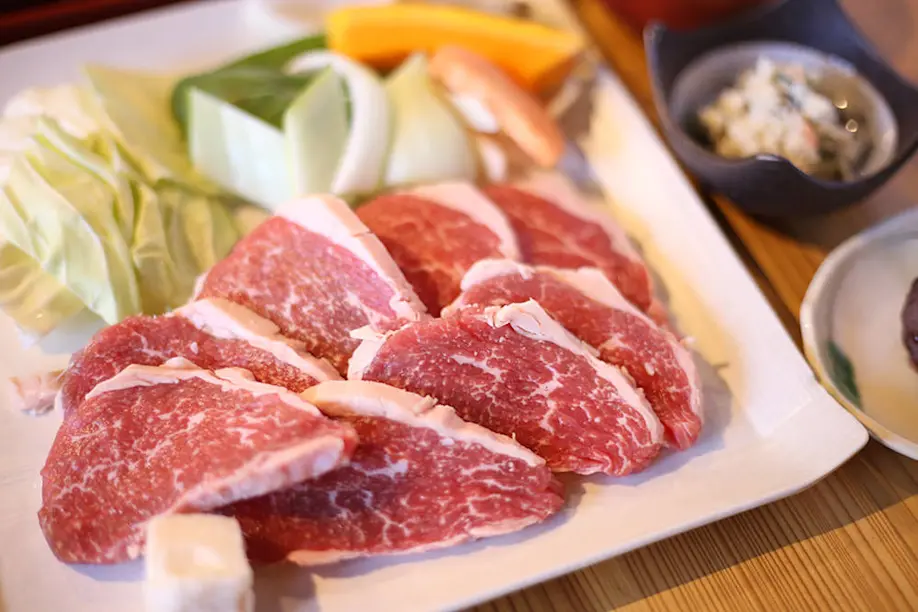
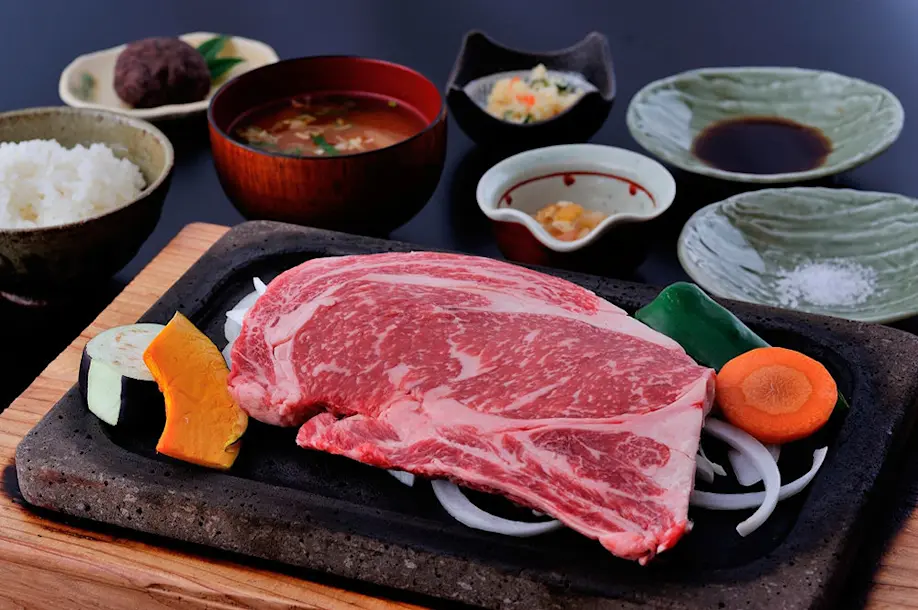
Photograph provision/Public Interest Incorporated Foundation Aso Green Stock
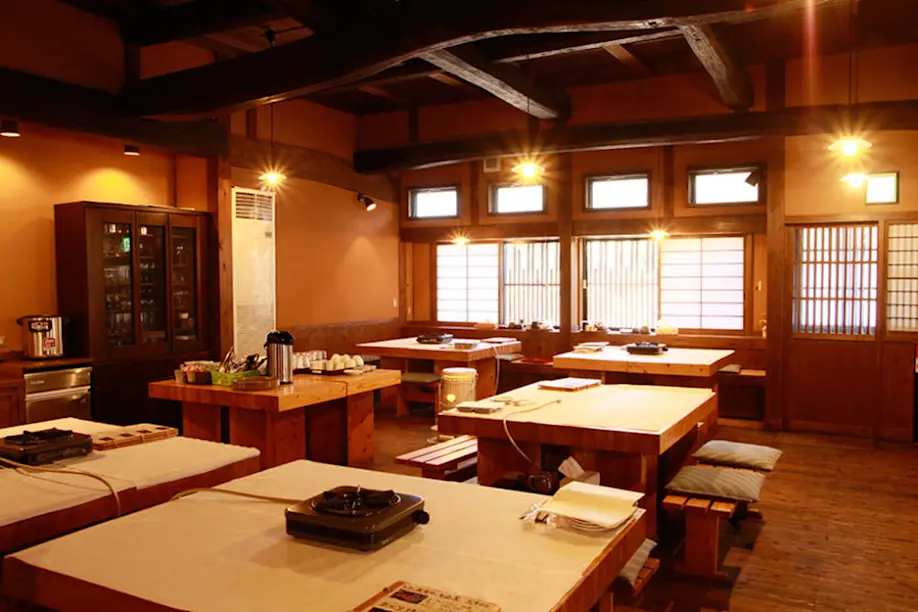
This is a farm restaurant opened by Mr. Hiroaki I. You can savor the taste of the beef from Japanese Brown Cattle raised by the I family in dishes such as a loin steak set meal, a fillet steak set meal and others. The rice that comes with the set meals is homemade specially cultivated rice. The meals also come with plenty of seasonal vegetables grown by Mr. I’s wife Yui and his daughter Yuri. If you stay in the adjacent 200 year old minshuku you can choose between yakiniku and steak.
Minshuku/Farm restaurant Yama no Sato
202 Tajiri, Ubuyama village, Aso district, Kumamoto prefecture
TEL: 0967-25-2253
Yama no Sato No. 2
1-5-7 Hakuzan, Chuo ward, Kumamoto, Kumamoto prefecture
TEL: 096-362-5533
http://aso-yamanosato.com
 The delicious secrets of Kagoshima's free-range Kurobuta pork
The delicious secrets of Kagoshima's free-range Kurobuta pork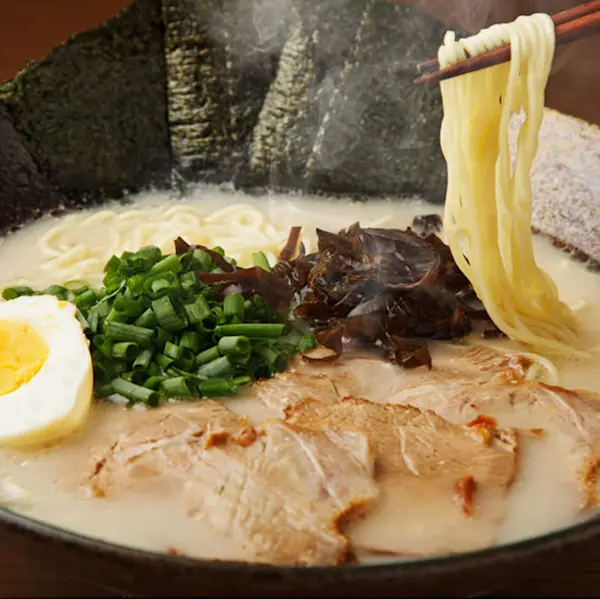 Everything You Need to Know About Fukuoka’s Famed Tonkotsu Ramen
Everything You Need to Know About Fukuoka’s Famed Tonkotsu Ramen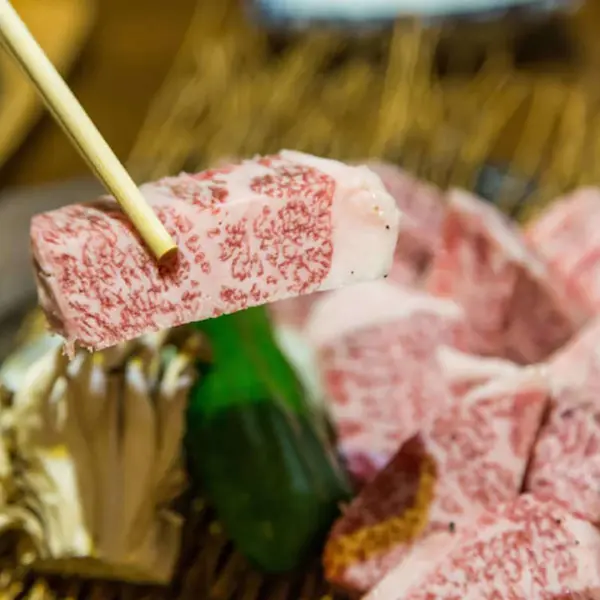 Saga Beef: Wagyu To Remember
Saga Beef: Wagyu To Remember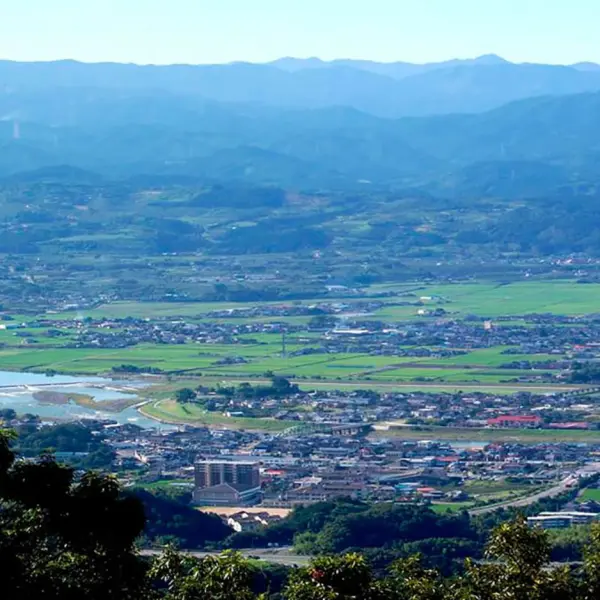 Discover Fukuoka's fruit kingdom
Discover Fukuoka's fruit kingdom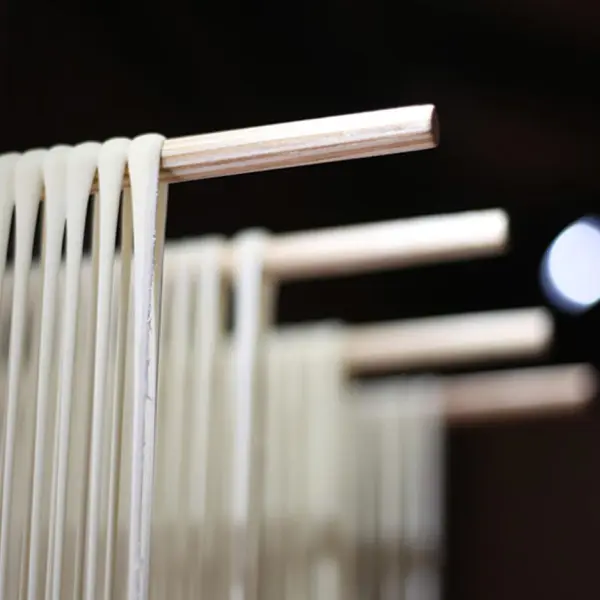 Goto udon: a delicious legacy of Nagasaki's ancient trade routes
Goto udon: a delicious legacy of Nagasaki's ancient trade routes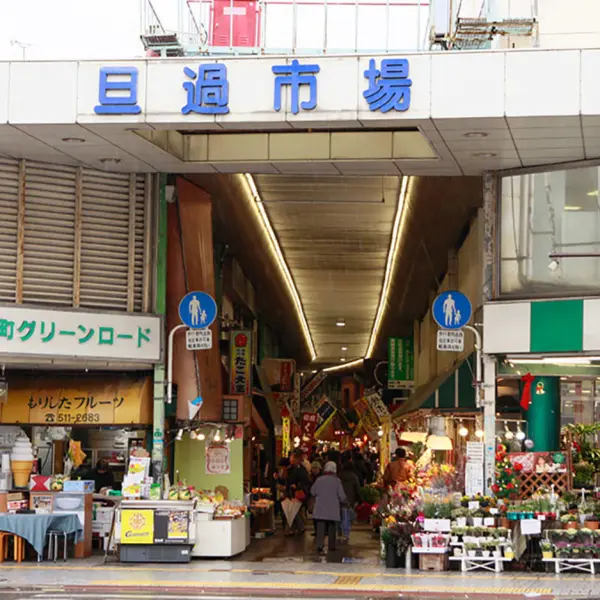 Feast your senses at Fukuoka's bustling fresh food market
Feast your senses at Fukuoka's bustling fresh food market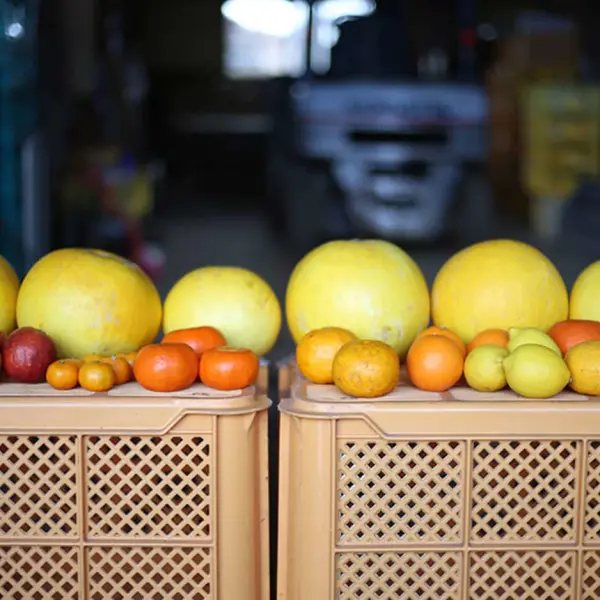 Cultivating the world's largest citrus fruit in Kumamoto
Cultivating the world's largest citrus fruit in Kumamoto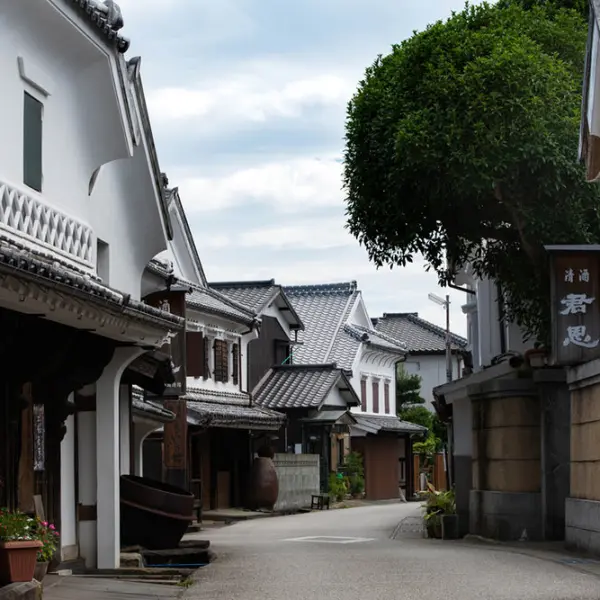 Hizen Hamashuku: Historic breweries that house the world’s best sake
Hizen Hamashuku: Historic breweries that house the world’s best sake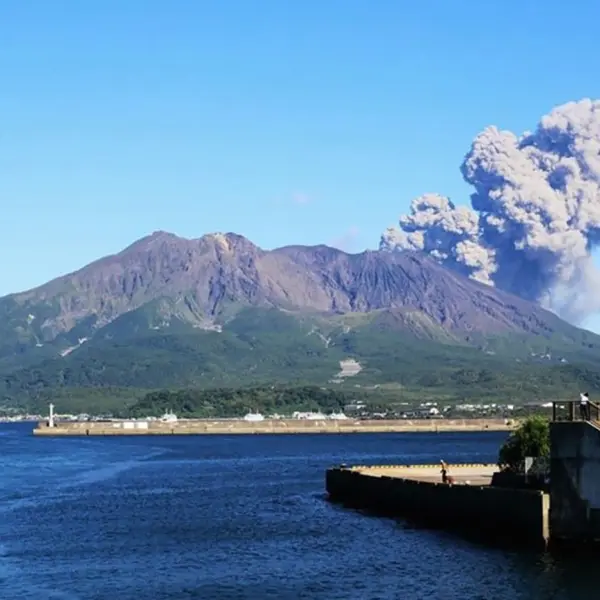 In the shadow of a volcano: the world's largest daikon radishes
In the shadow of a volcano: the world's largest daikon radishes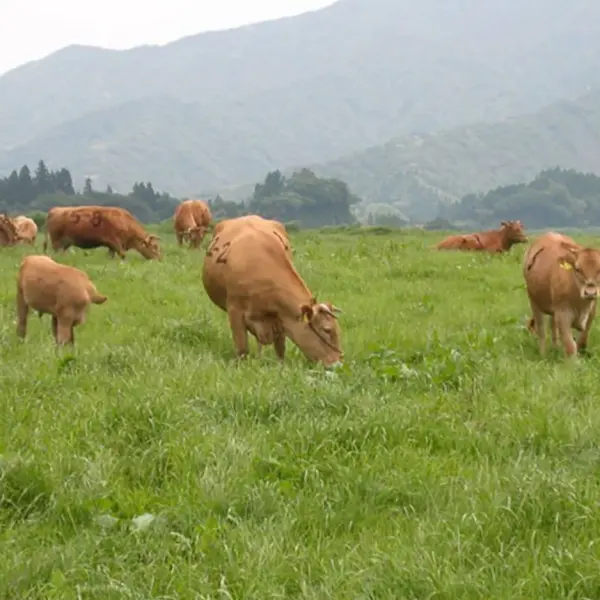 Raising Kumamoto's famed Japanese Brown Cattle
Raising Kumamoto's famed Japanese Brown Cattle




